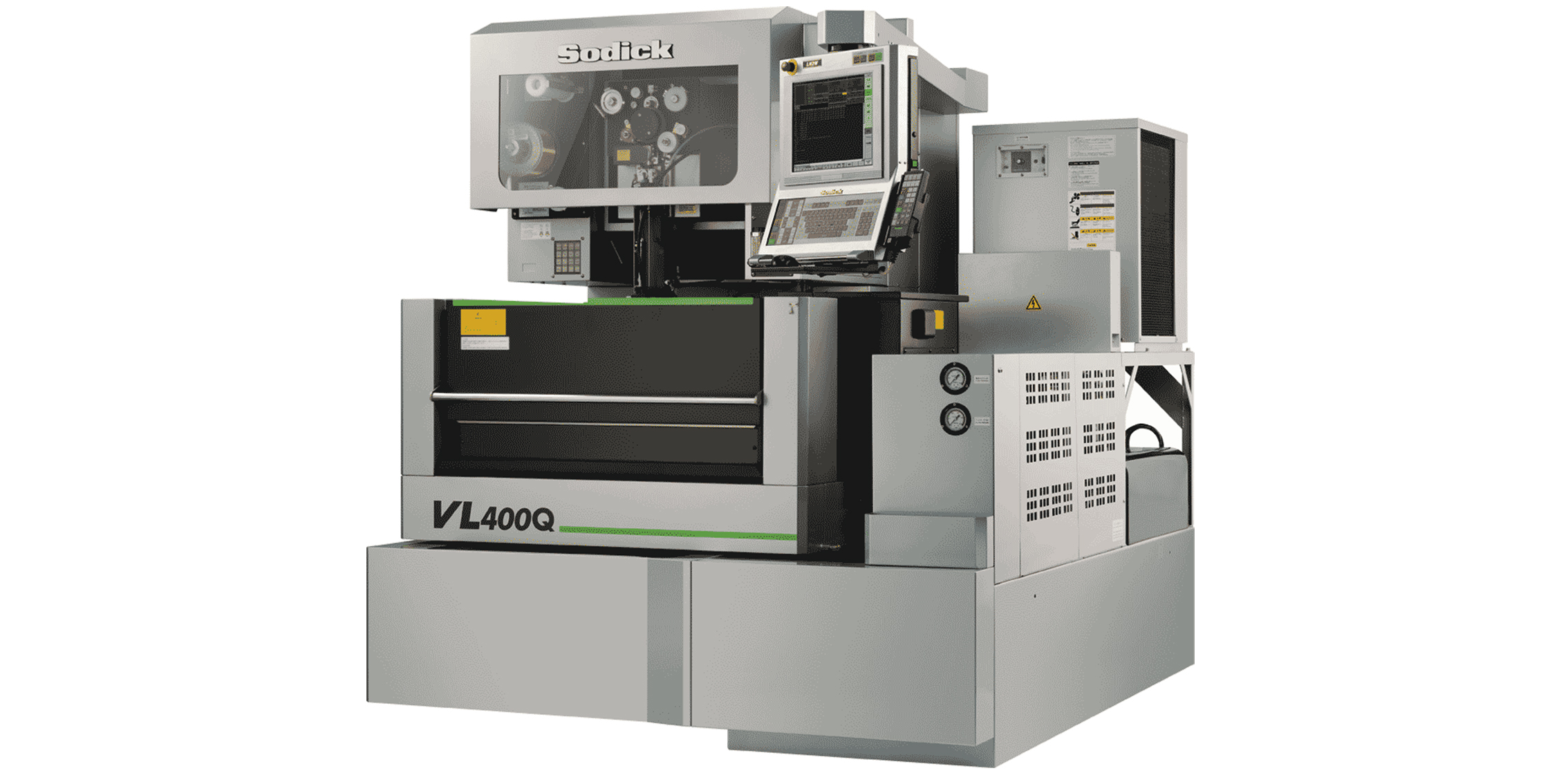
Electroerosive work is applicable for the manufacture of parts with complex geometries that do not allow the use of other processing methods, for example, milling. Therefore, electrical discharge machining is used in many industries: precision engineering, instrument making, medicine, defense industry. Using this method, it is possible to make various parts elements: recesses, grooves, shaped holes. It is also possible to make small diameter holes using EDM. Electrical discharge machining destroys and removes material using the thermal and mechanical action of a pulsed electrical gas discharge that processes an area of the workpiece placed in a liquid. Performing electrical erosion work has some limitations. The most important requirement for materials that undergo such processing is their good electrical conductivity. Steel, chromium, titanium and other conductive metals of any degree of hardness are suitable under these conditions. The electrical discharge machining process is carried out as follows: two electrodes (tool electrode and metal product) are placed in a liquid with low dielectric constant and connected to an electrical pulse generator. In this case, the electrodes must have different polarities. The advantage of electroerosive work is: the ability to completely eliminate the occurrence of surface deformation in parts with small thickness, to work with surfaces of any hardness, to reduce the risk of deformation of thin-walled parts, which is possible during machining.